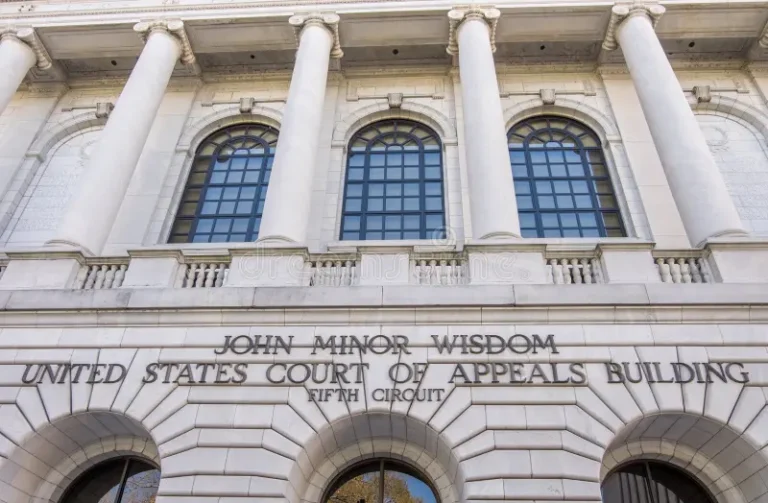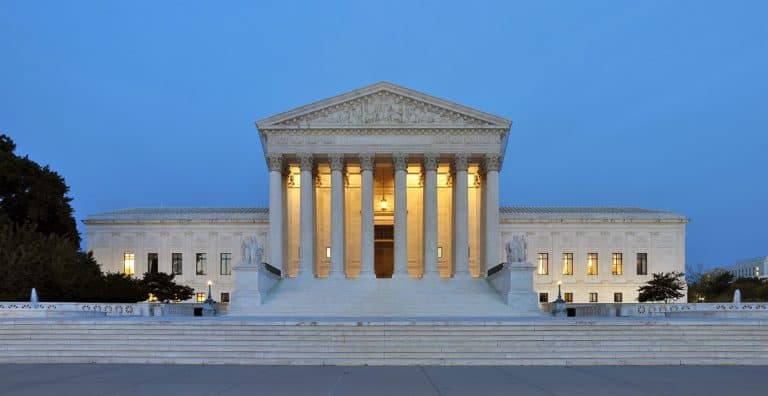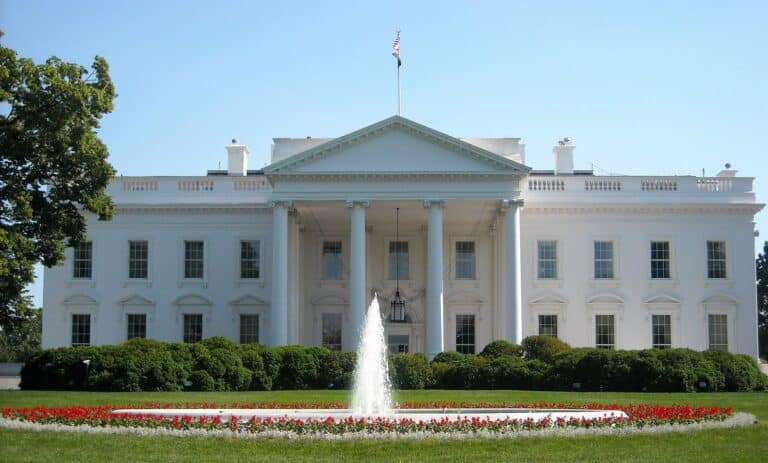
Andrew Strom is a union lawyer based in New York City. He is also an adjunct professor at Brooklyn Law School.
When the Obama NLRB modernized the Board’s election rules and eliminated some unnecessary delays, employers characterized the result as “ambush elections,” and insisted they would no longer have enough time to wage their anti-union campaigns. Even though the NLRB found substantial evidence that employers are generally aware of union organizing drives long before an election petition is filed, here’s a solution for employers who would like more notice of an upcoming representation election. As Samuel Estreicher and Michael Oswalt have previously suggested, why not regularly schedule representation elections the same way we regularly schedule elections for political office? There’s no magic number to how often the elections should take place, but I would propose every three years. And, the elections would occur both at unionized and non-union facilities.
Polls show that many non-union workers would like to have a union at their workplace, but each year only a tiny fraction of workers get a chance to choose whether or not they want union representation. As I have pointed out before, employers at least like to pay lip service to the concept of workplace democracy. When Congress was debating the Employee Free Choice Act, the employer lobby, and Republicans in Congress, insisted it would be anti-democratic to allow workers to obtain union representation without a secret ballot election. Yet, how can anyone defend a regime as democratic when 99% of workers never get to vote?
Regularizing elections would help address the concern voiced by employers that workers don’t understand what they are doing when they sign a union authorization card or cast a vote for unionization. If elections occurred on regular cycles at workplaces all across the nation, then there would be widespread discussion about the merits of unionization. And, if everyone knew there would be another opportunity to vote in three years, it might tone down the rhetoric from employers about this being the most important decision a worker will ever make.
You may think it would be wildly impractical for the NLRB to hold triennial elections at workplaces across the country, but new technology minimizes some of the logistical hurdles. The National Mediation Board, which regulates labor relations for airlines and railroads, already conducts representation elections via telephone or the internet. One challenge would be to decide the appropriate bargaining units, but workers could cast votes on a contingent basis. Currently, when professional and nonprofessional workers seek to unionize together, the professionals cast a ballot with two questions – they vote on whether they want to be included in a unit with nonprofessionals, and they also vote on whether they want to unionize. Under this proposal, the ballot could list a series of potential bargaining units and a catch-all of “any appropriate bargaining unit,” and could allow voters to indicate whether their preference for or against unionization would change depending upon the composition of the bargaining unit. Any litigation regarding the appropriateness of a particular bargaining unit could then take place following the election. Another question would be which unions would appear on the ballot. Under current law, once one union has petitioned for an election, a rival union can get on the ballot with a showing of support from a single worker. The NLRB could adhere to that same policy, allowing any union with demonstrated support from a worker in a proposed bargaining unit to appear on the ballot for workers in that unit. In addition, the NLRB could utilize instant runoff voting to allow workers to rank their preferences among multiple unions.
If Republicans in Congress were interested in bipartisan labor law reform, this idea is the type of “grand bargain” that might represent a starting point for those discussions. Union critics have often argued that it is too hard for workers to decertify an existing union. Here, in exchange for allowing non-union workers to have a regular opportunity to vote on unionization, workers who are already represented would gain a similar chance to vote up or down on their incumbent union. Republicans in Congress have already proposed a bill that would require a new election in each unionized bargaining unit whenever, through turnover, expansion, or merger, a unit experiences at least 50 percent turnover. While no union would be happy about expending limited resources on regular retention elections, I think it would be hard to turn down a trade that would allow the 93% of workers who are unrepresented to have a chance to opt for unionization on a regular schedule.
This post has been revised as of 11/1/2017.









Daily News & Commentary
Start your day with our roundup of the latest labor developments. See all
June 13
Termination of grants promoting labor standards abroad at the District Court; Supreme Court agrees to hear case about forced labor; more states pass legislation to benefit striking workers
June 12
An administrative law judge holds that Yapp USA violated the NLRA; oral arguments for two labor cases before the Eighth Circuit.
June 11
DOJ charges David Huerta; unions clash with the administration on immigration; general counsel says Humphrey's Executor doesn't apply to the NLRB.
June 9
Budget proposes elimination of LSC; Colgate settles lawsuit with pensioners; and state and local officials braces for hurricane season following FEMA cuts.
June 8
Workers at Albertsons and Kroger in Washington State vote to authorize a strike; ICE agents arrest SEIU California President David Huerta during a protest; and a federal judge approves a $2.75 billion settlement allowing colleges to directly pay student-athletes.
June 6
Colorado clashes with ICE over information sharing, SCOTUS exempts a Catholic charity from paying unemployment compensation tax, and SCOTUS lowers bar for raising a Title VII reverse discrimination claim